Transplanting currants - basic principles
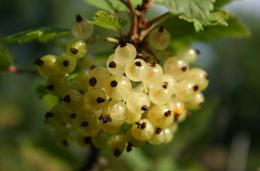
Shrubs are an integral part of your garden plot. It is from shrubs, namely currants, that there is great benefit. Such as the benefits of berries and leaves grown during the season, which can be collected throughout the summer, and, depending on the region, in the fall. Currant contains many useful vitamins in its fruits, such as C, F, E and A. And much more.
Content:
Currant varieties
There are three main types of currants, which are most common in Russia, the rest, less known, are just varieties. Three main types such as red, white and black currants. Black currant leaves are most enriched with essential oils, which will be so tasty to use in tea, or even just breathing in steam, this is especially useful in the fall during the time of illness.
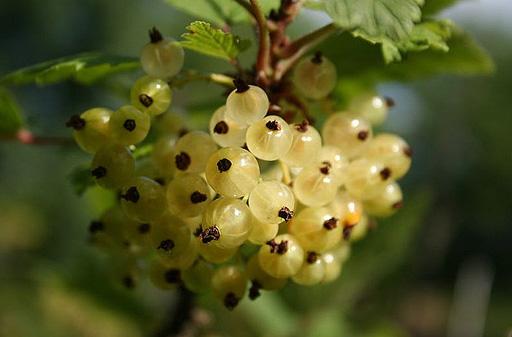
Reproduction
The most common way reproduction currants are propagated by cuttings. Shoots must be well developed. Lignified branches are first cut into several parts (preferably the cuttings should be 15 - 20 cm long). The upper cut is made above the kidney. But it is worth noting that the upper part of the cutting is unsuitable for propagation, that is, planting. The cuttings are planted obliquely, leaving a few buds on the surface. Later, you need to water the cuttings with humus. In summer, you need to carefully care for the plantings to avoid unnecessary problems. By autumn, strong and independent shrubs usually grow.They can be moved to a new place, preferably permanent. And if bush weak, then he should not be disturbed.
Transfer
The second method for sorting bushes is to replant the already formed bush. There is nothing complicated about transplantation, as in the previous method. For proper transplantation, it is desirable to have a ready-made hole, so that when you dig up a ready-made bush, it does not wait and the roots do not dry out.
After transplantation, at first you should not use the following fertilizers: fresh manure, ash, mineral fertilizers and lime.
They can “burn” the root as a whole. This may kill your shrub.
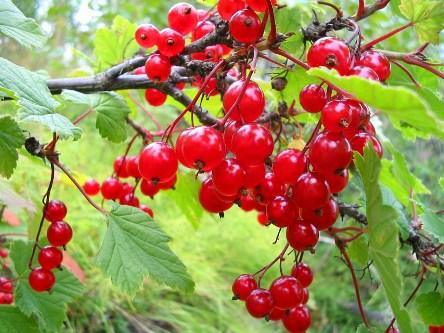
Transplant conditions
It is advisable to replant currants in spring or autumn. It is still advisable to do a transplant in the spring, since transplants made before winter take root worst of all in a new place. When you replant bushes of different varieties, try to somehow combine them, since close proximity usually leads to increased productivity.
It should be remembered that white and red currants love light, while black currants prefer to grow in the shade.
When transplanting, the selected area is dug up, the weeds are dug up, then a fertile bud is added, if necessary (chernozem). It is imperative that gaps of 1-1.5 meters be maintained between currant bushes. The pit should be 40 cm deep and preferably 50-60 cm wide, depending on the root crop.
Thus, when replanting a shrub, do not be afraid to do this, even if you have never resorted to this. You will have to replant more than once, since the shrub grows quite quickly, there will be time to train.
Interesting information about the vegetable garden


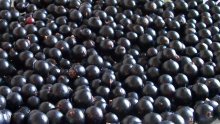




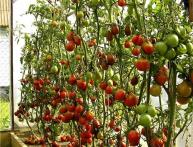
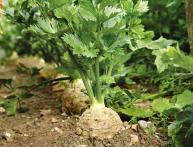
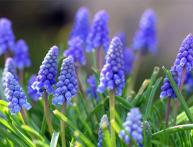
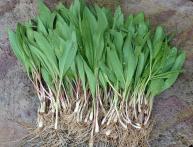
Comments
There are currants in almost every household plot.It is important to choose a dark place, deep in the garden, for transplanting black currants. Then the currants will delight you with juicy and tasty berries.